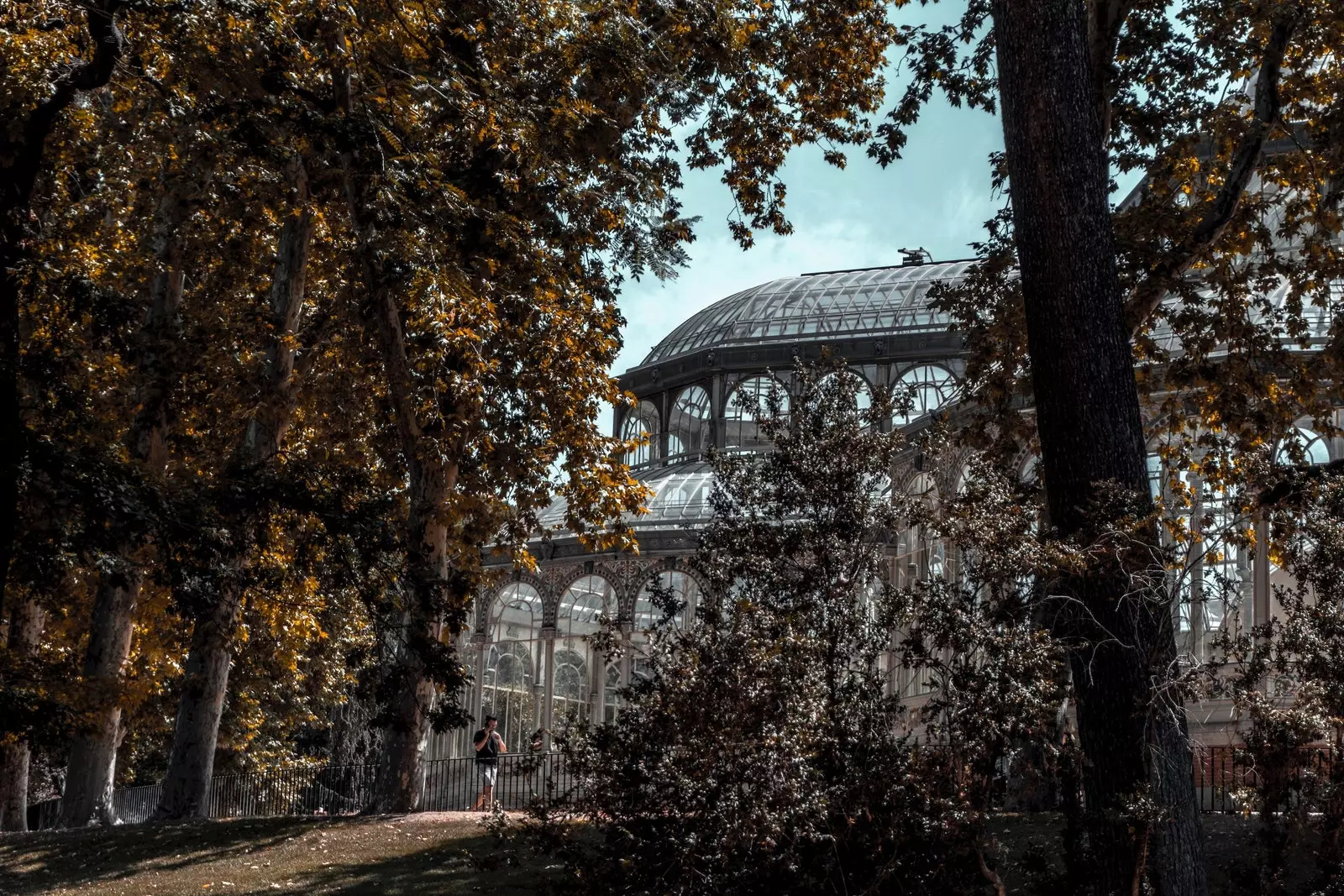
The Crystal Palace of the Retreat: MAZO MELANCOLÍA
If this happens indoors, in the house itself, the situation seems simple: a bed, a sofa, a half-open window are feasible places to take refuge. But what if it happens outside, in the middle of the city , in that wild theater full of glances? The city is not a place for tears ; You can't cry anywhere. Above all out of respect for the act of crying itself, because, as I said Sergio Fanjul in its infinite city, all crying worth its salt "requires his ceremony" . It is in those moments when you need it most: a guide, an escape, (an inventory!), with suitable places to cry, a tearful refuge for the melancholy stroller.
As a crying professional and a recalcitrant Madrilenian , I recognize that finding suitable places to cry in Madrid is not an easy task. Crying, as I have said, requires its ceremony, its comfort, its environment. Nostalgia is not a friend of ugliness. Nor is it of the crowd or the onlookers. For this reason, in a city with more than six million corneas (thus, by eye), Choosing the Right Vent Venue Requires Careful Strategy.
Let's start with a qualitative analysis of crying: as explained Cortazar in their instructions to cry , the correct way consists of "a general contraction of the face and a spasmodic sound accompanied by tears and mucus, the latter at the end, since crying stops the moment you blow your nose vigorously".
Based on this definition, the places conducive to crying generally have several points in common:
They are spaces separated from human transit (the ceremony, how important is the ceremony…).
They are high places , from which you can see the horizon (essential to lose your gaze).
In contact with nature.
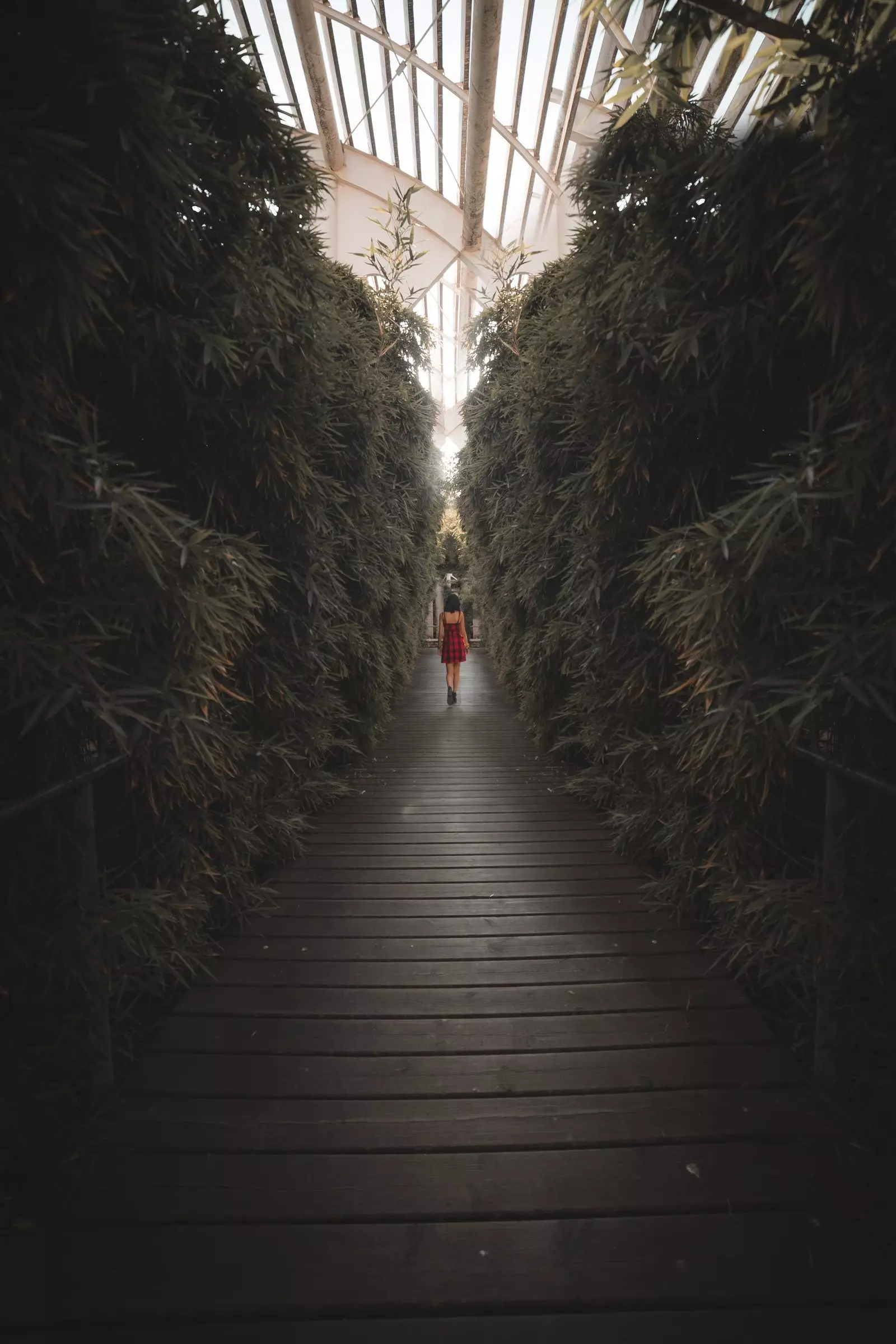
The greenhouses of the Botanical Garden meet two rules of the 'melancholy place'
With nearby stimuli that activate sadness. Here everyone can find their own reasons, for example, as Cortázar said, thinking of a "duck covered in ants" or " in those gulfs of the Strait of Magellan where nobody enters, never (This last I attest that it is true).
Taking these factors into account and after an exhaustive analysis of Madrid's geography, we present brief inventory of tear-jerking places for melancholy strollers.
I start with the Vistillas Park , a landscaped and acrobatic space that has all the characteristic points mentioned above. On the one hand, the panoramic views of the south west of Madrid, the Ribera del Manzanares and the Casa de Campo. Not in vain, Its name comes from the Vistillas hill, one of the geographical elevations that served as a natural defense of the city during the Middle Ages. . This space also meets the following two conditions: it is a place away from the hustle and bustle (except the second week of August, during the Virgen de la Paloma festivities) and it has a powerful stimulus activating sadness, the Segovia street viaduct.
East viaduct, built in 1875 , was the place chosen by dozens of suicides from the same year of its construction. Now few look for it with suicidal intentions thanks to the anti-suicide screens installed by the City Council in 1998. But its legacy remains there, available to the exalted imagination of taciturn passers-by who need an extra reason to encourage their melancholy.
Near Las Vistillas is the walk of the melancholy , another place that, at least from the onomastic point of view, deserves to be in this inventory. Although that name, "Melancholic", may imply a certain degree of controversy. I explain.
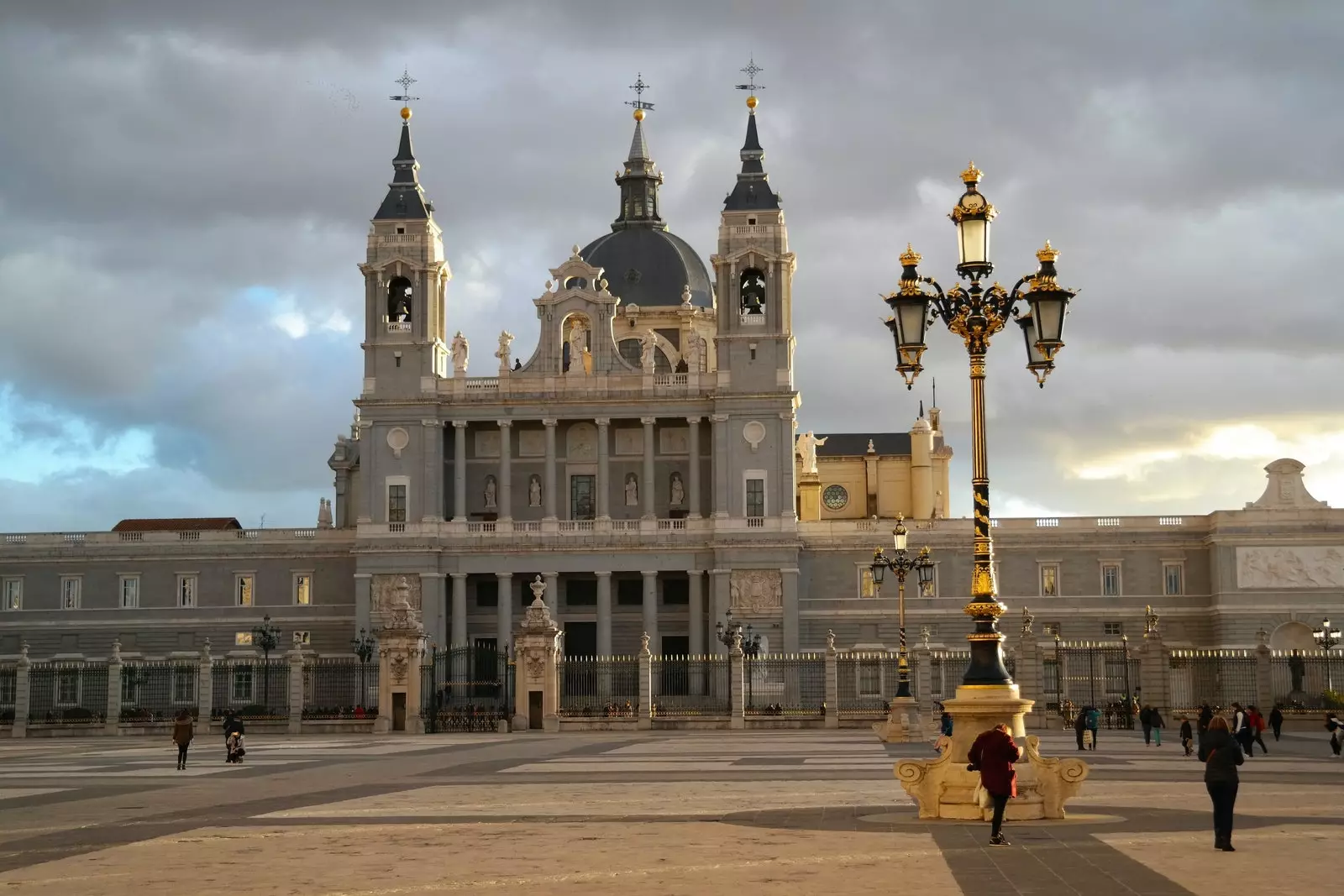
The surroundings of the Royal Palace? melancholic
as he wrote Carlos Gurmendez In an article for the print edition of The country of May 16, 1989, " its name was given by the neighbors of the place and later it became official ". And he continued:" It is really a sad, desolate passage , which can lead to depression, that disease of melancholy that denies all meaning to life and history. Some characters from the Madrid novels of Pío Baroja often wandered along this Paseo de los Melancólicos".
It is that sentence where it says "it was given by the locals" and the mention of it to Pío Baroja that generates some doubts in me. If we read Baroja and the underworld chronicle that he wrote for the newspaper The Basque People in 1903, we discovered that "Madrid is surrounded by suburbs, where a world of beggars, wretches, abandoned people live worse than in the depths of Africa. Who takes care of them? No one, absolutely no one. night for the Insults and the Cambroneras. And I have not seen anyone who seriously dealt with so much sadness, so much laceration..."
The Paseo de los Melancólicos was part of the so-called South extension, created in the mid-nineteenth century during the urban expansion plan known as Plan Castro. One of the underlying ideas of this urban process was to accommodate the orderly growth of the city to a separation of neighborhoods by social class, that is, to create unequal neighborhoods " cater to the specific needs of each class as the engineer wrote Carlos María de Castro (the one with the Plan) in memory of his project.
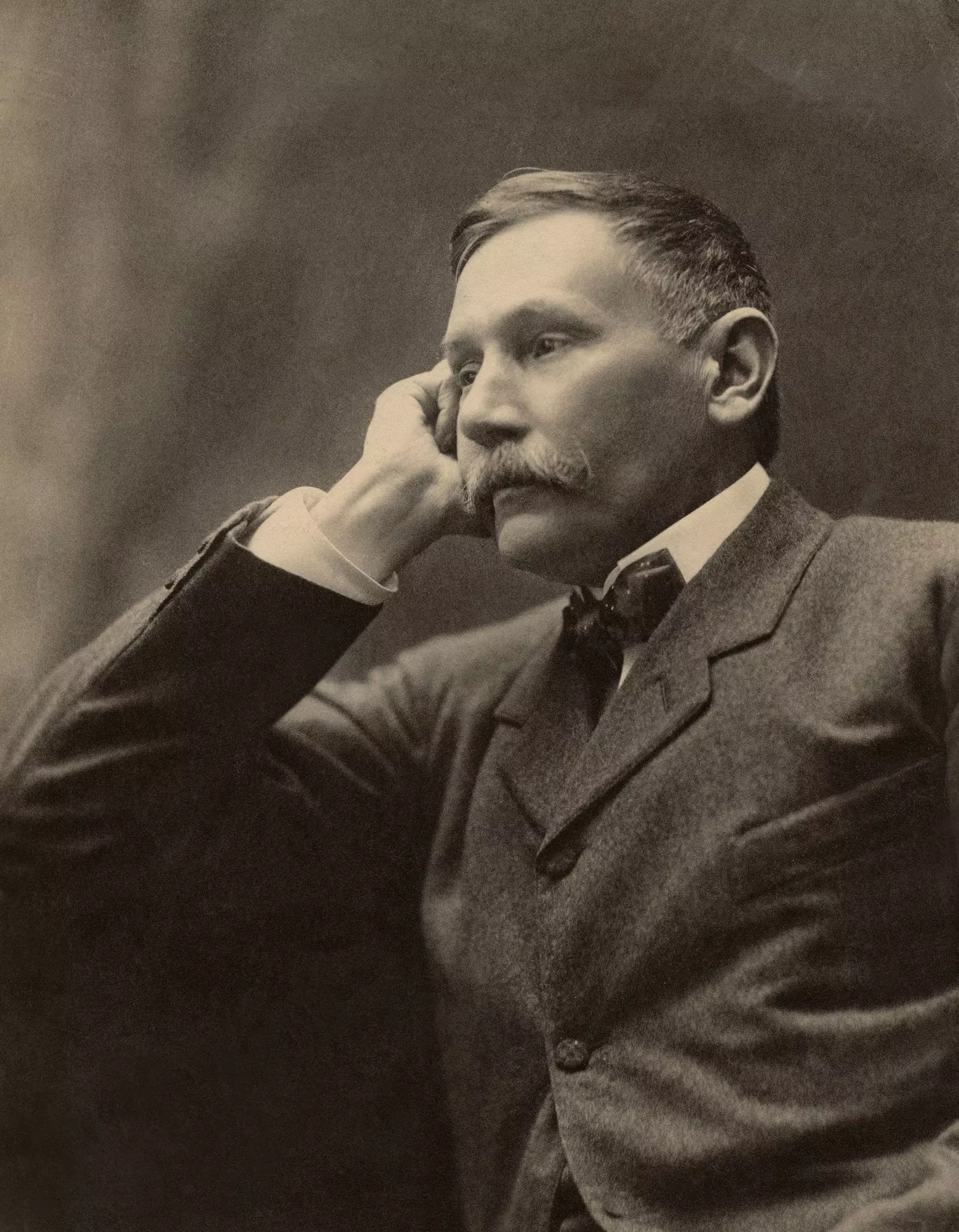
Galdós, in a melancholy pose
This class segregation gave rise to some neighborhoods such as those mentioned in Cambroneras and Injuries . In them lived people from Madrid who, according to the description of Benito Perez Galdos in the preface of his novel Mercy , represented "the extreme poverty, professional begging, vicious vagrancy, misery, almost always painful, in some cases picaresque or criminal and deserving of correction".
These descriptions of Baroja and Galdos (and others later, made by writers and journalists of the 20s and 30s) are the ones that make me think that, in reality, it was not the residents of this area who called themselves "melancholy", but rather was the euphemistic term used by those other Madrilenians, the citizens of wealthy classes , to refer to one of the main streets of suburban Madrid at the beginning of the 20th century (the name “Paseo de los Miserables”, “de los Vagos” or “de los Criminales” it was not so elegant or poetic). However, and whatever the origin of this name, there it is, today, the Paseo de los Melancólicos, available to all those for whom a name can serve as a tear stimulation.
The following points in this inventory are two gardens that, due to their proximity, I include together. Its about Huerto de las Monjas and the gardens of the Prince of Anglona . Located very close to the segovia street , both spaces meet two fundamental requirements of this guide: loneliness and nature.
The gardens of the Prince of Anglona were created around 1750 and took the name of the adjoining palace. It is one of the few noble gardens from the 18th century that are preserved in the capital and, although it has undergone various restorations (the last one in 2002), it still maintains its original structure of brick floor and transept parterre drawn with low boxwood hedges. .
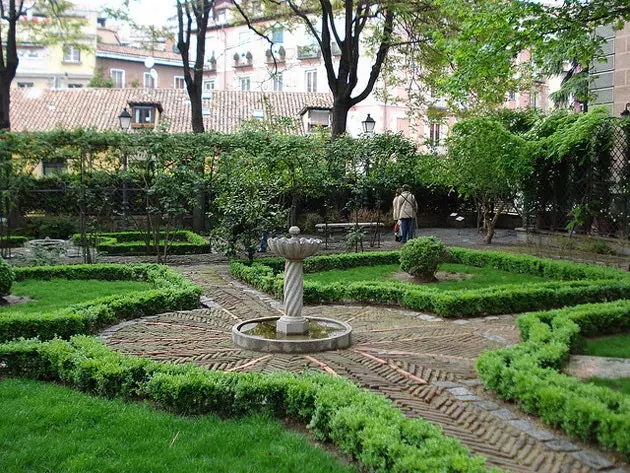
Garden of the Palace of the Prince of Anglona
If this were not a guide, it would be conceived for melancholic walkers, I could invent right now the legend that if one sits on one of the stone benches in the garden, one can reach listen to the musty moans of one of the illustrious courtiers who lived in the adjoining palace, the Prince of Anglona . The reason, they say (or I'm making it up, come on), was a failed duel in which the prince, faster than his opponent but with unfortunate aim, shot down his beloved's cat – for which both were fighting. beating–. This she, enraged, interrupted the duel and, after slapping the prince, she took her opponent by the arm, whom she married a few days later. The prince, devastated, never left his palace again, with one exception: his small garden, the place where he gave free rein to his bitterness..
The Orchard of the Nuns It is, for its part and to the delight of the tearful traveler, one of the most unknown places in the center of Madrid. this little garden quadrangular pregnant with trees, adorned by an 18th century fountain (the Prioress fountain) and surrounded by houses was, in another time, the orchard of the convent of the Sacramento of the barefoot Cistercian sisters of San Bernardo.
The convent, damaged during the Civil War and rebuilt in the 1940s, was inhabited until 1972, when it became a municipal garden. Accessing the Huerto de las Monjas is somewhat strange. I daresay it borders on breaking and entering. Hidden between modern houses the only way of access are two barred doors (one on Calle Sacramento, another on Calle del Rollo) that allow access from Monday to Friday and between 7:00 a.m. and 5:30 p.m. This fact is what makes it solitary and far from the bustle of the surroundings (and makes it seem that one is entering forbidden territory).
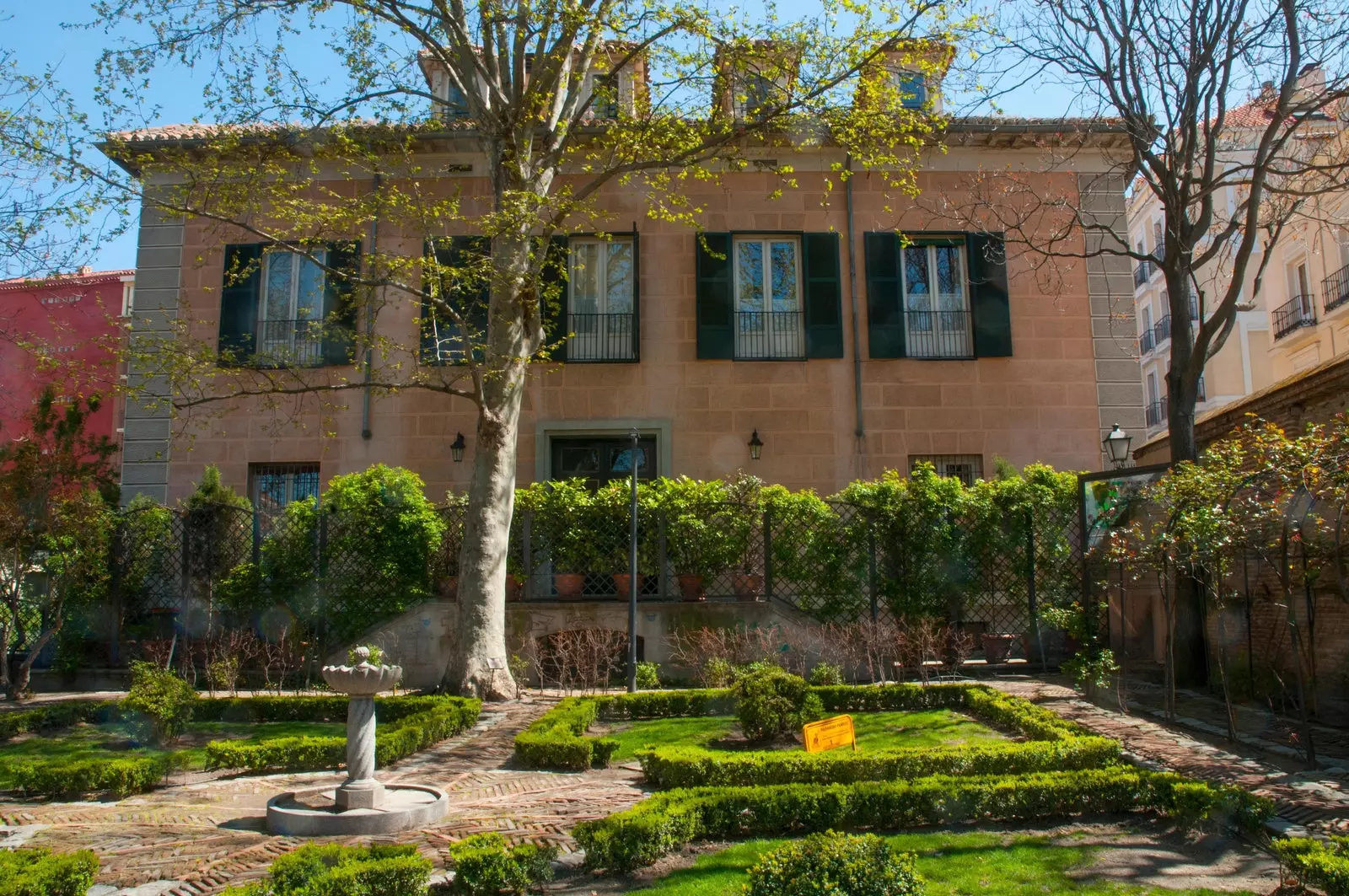
Access to the Huerto de las Monjas is magical... hidden and melancholy
The next slot in this inventory can be a bit of a shock. It is room 206 of the Reina Sofía museum . This space is not lonely (in fact quite the opposite), It does not have nature or panoramic views . And yet, it has him, an immense piece of canvas three and a half meters high by eight meters wide that acts as a very powerful melancholic trigger and to which Jorge Drexler sang in this way:
- "The gray blood on the canvas sticks his spear and splatters.
- There is no red more intense than the grays of Guernica.
- Each stroke in the painting holds, in horror, a scream.
- Guernica, a cursed rumor goes through each workmanship
- and bites each creature on the violent tableau,
- while a deaf word of death the oil signs
- and you bleed to death, Guernica, by Pablo's brushes.
- The gray blood on the canvas pierces the spear and splatters from it.
- There is no red more intense than the grays of Guernica (...)"
It's the collective song' Tenths for Guernica ', made of Drexler in honor of the work of Picasso . The Uruguayan created it as a result of a call on social networks where he asked his followers to send him verses in the form of a tenth. Guernica is pain , is blood is death, are howls and monochromatic sobs. A real emotional lift for every melancholy traveler.
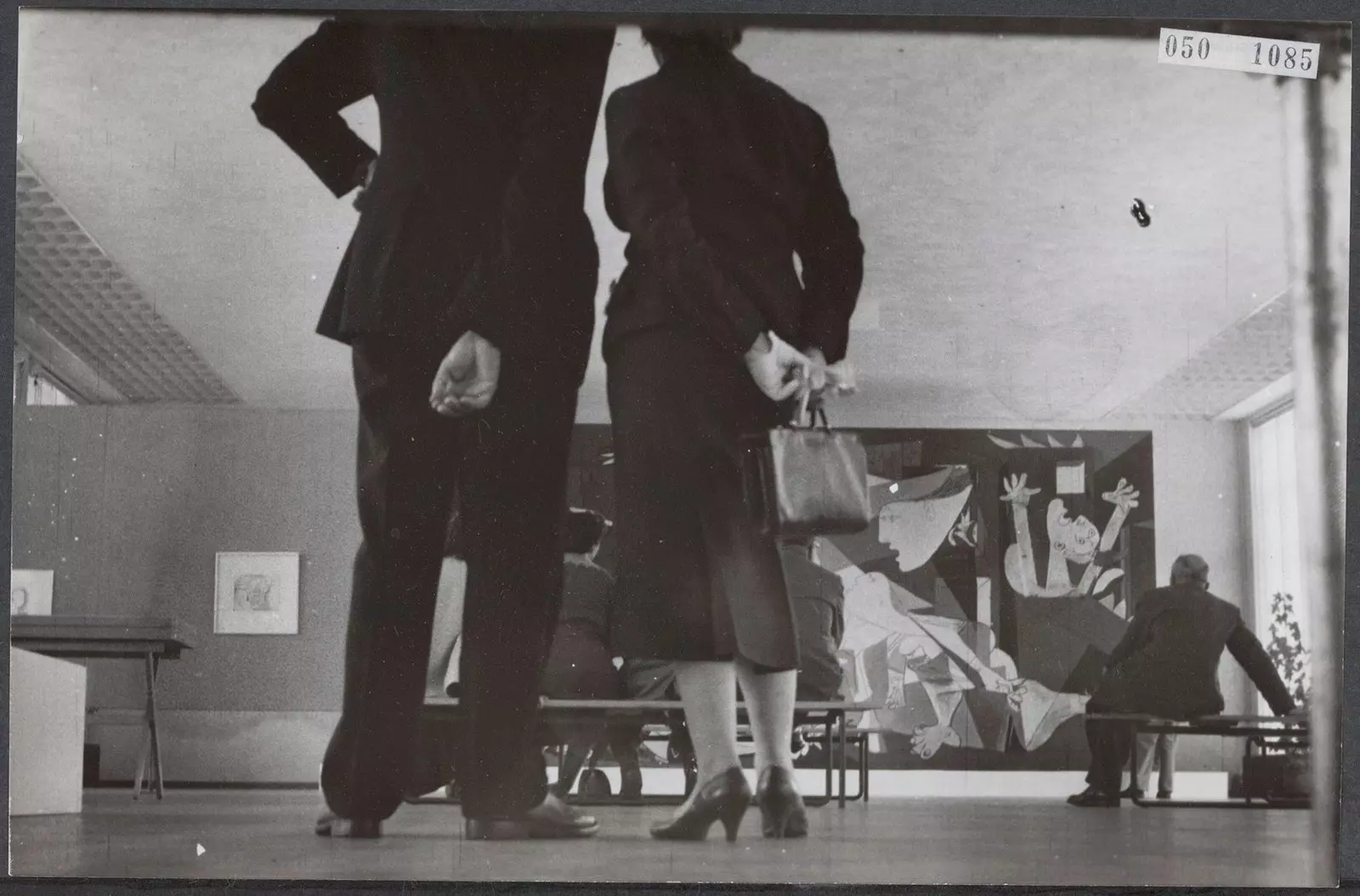
We will go to a museum
Near the four walls where the traces of Guernica shout out is what is possibly the best refuge for a nostalgic in an emergency situation: the Parque del Buen Retiro. Its 118 hectares – that is to say: about 165 soccer fields. It fascinates me how this sport has infiltrated our lives so much that it is capable of serving as a translator of measurements– and its more than 19,000 trees –not so many anymore after the passing of Filomena– make it an ideal place for crying . If not, just ask the 3,000 people who gathered to weep in front of the melodramatic Fallen Angel statue in April 2017.
And it is that El Retiro has stimuli for all tastes: the aforementioned Fallen Angel , a pond with boats (and ducks, remember Cortázar), a crystal Palace which served as human zoo at an exhibition on the Philippines in 1887.
We leave the Retiro Park and continue through what is, in my opinion, the best place to leave our gaze lost on the horizon, the Cerro del Tío Pío or the Seven Tits . Neither of the two names that this place receives invites to melancholy but it is, without a doubt, one of the key points for those walkers who need a vanishing point in which to expand its tears . From any of its seven hills (built, by the way, on the rubble of an old shanty town) you can see THE SUNSET (so, with capital letters) of the city of Madrid , from which you can see how the crests of the Sierra de Guadarrama turn red while the city languishes under the sunset. Pure and cloying melancholy.
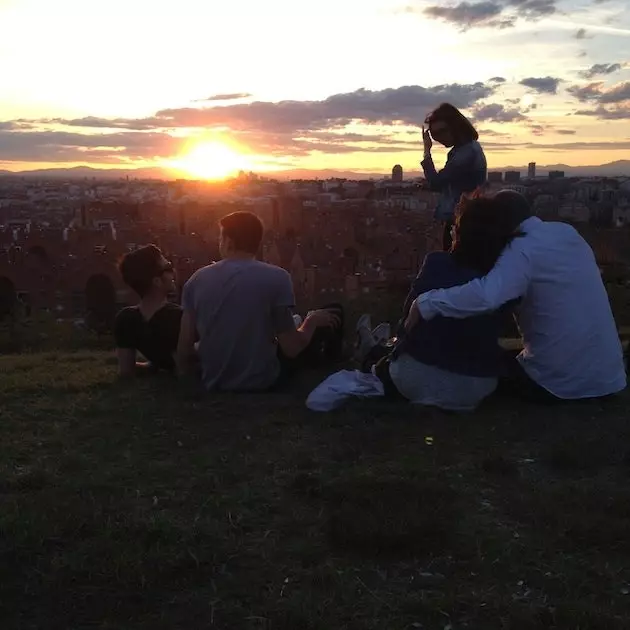
The Boobs of Vallecas
To present the last space in this inventory (not the last one to be found in Madrid), I return to the words of Carlos Gurméndez, who described the melancholic subject as someone who "only rests within himself, does not worry about anything what happens in the world and remains reflected in the continuous evocation of how much he lived in the years gone by". If we go back to those "gone years", the most evocative place in Madrid is, without a doubt, the Parque del Oeste, created by Alberto Aguilera in 1906 on the remains of the city's main landfill.
The west park it fulfills the four fundamental premises for the melancholic stroller but, above all, it shines in the last one: the presence of stimuli. Scattered throughout its more than 70 hectares – 98 soccer fields – you can find different stimuli reminiscent of past times. There they are, planted like mushrooms, the ancient bunkers from the Civil War or the Egyptian temple of Debod (which is slowly degrading, waiting for their stones to be protected once and for all against rains and Filomena). But, without a doubt, the one that acts as the most powerful trigger is the Arroyo de San Bernardino, an authentic portal in space-time that communicates with the romantic era . Hidden in the heart of the park, the San Bernardino Creek is a small watercourse with a pond, bridges, small waterfalls, trees and a meadow to wallow in sorrow… If Bécquer lived in Madrid today, he would make his another Moncayo.
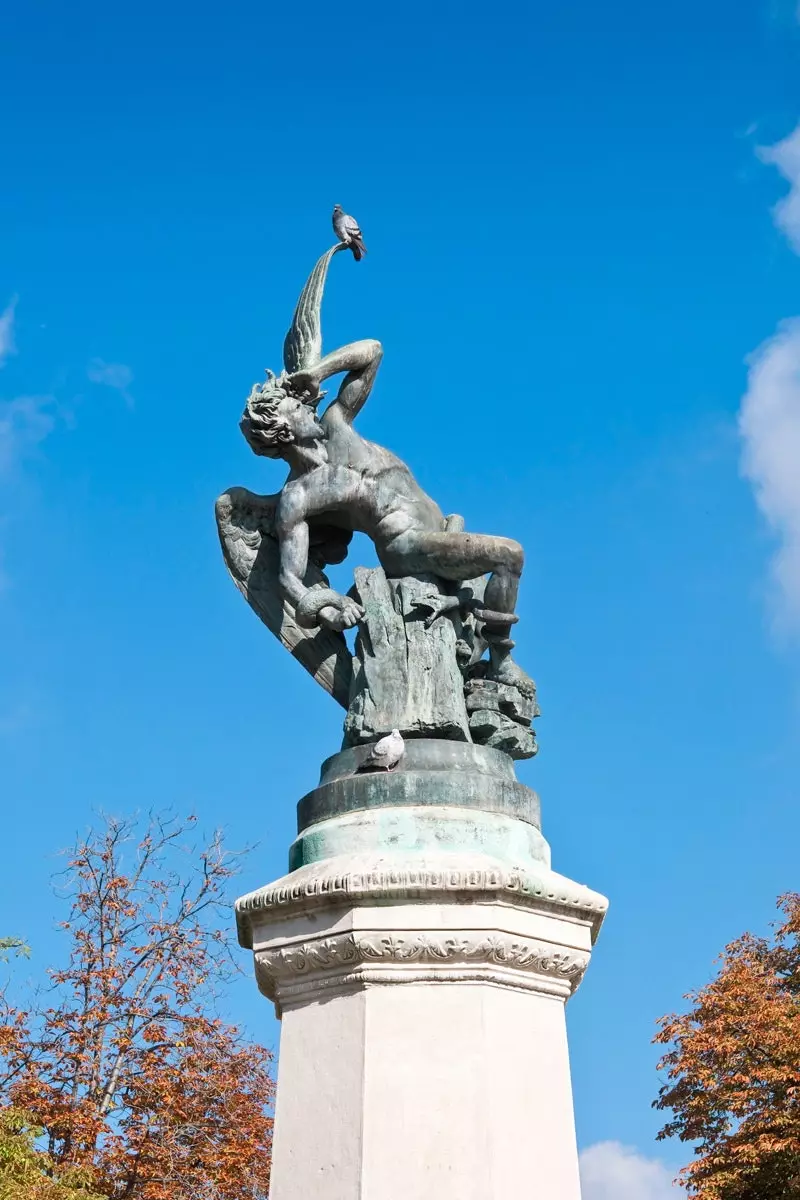
The Fallen Angel: pure melancholy
This inventory of places conducive to crying may help some. Others may see it as a huge and absurd nonsense. In any case, believe me when I tell you that, as an expert on crying, several of these sites are capable of getting a melancholy in distress out of a jam. I myself wept at them. I don't remember why, I don't remember when and in what situations, but I cried like a downpour, like a hobbit without the One Ring . I cried like the ducks in Manzanares and like the tents in Retiro. I cried like Fanjul did in his infinite city –in a park, by the way, that does not appear in this inventory–" like the earthquake, (...) like the pulsars and the supernovae. I cried like a grief pro ". And after so much crying, so many tears and accumulated snot, the crying always culminated remembering those words of Cortázar.
"Crying stops the moment you blow your nose vigorously".
Unfortunately, I always forget my tissues.
